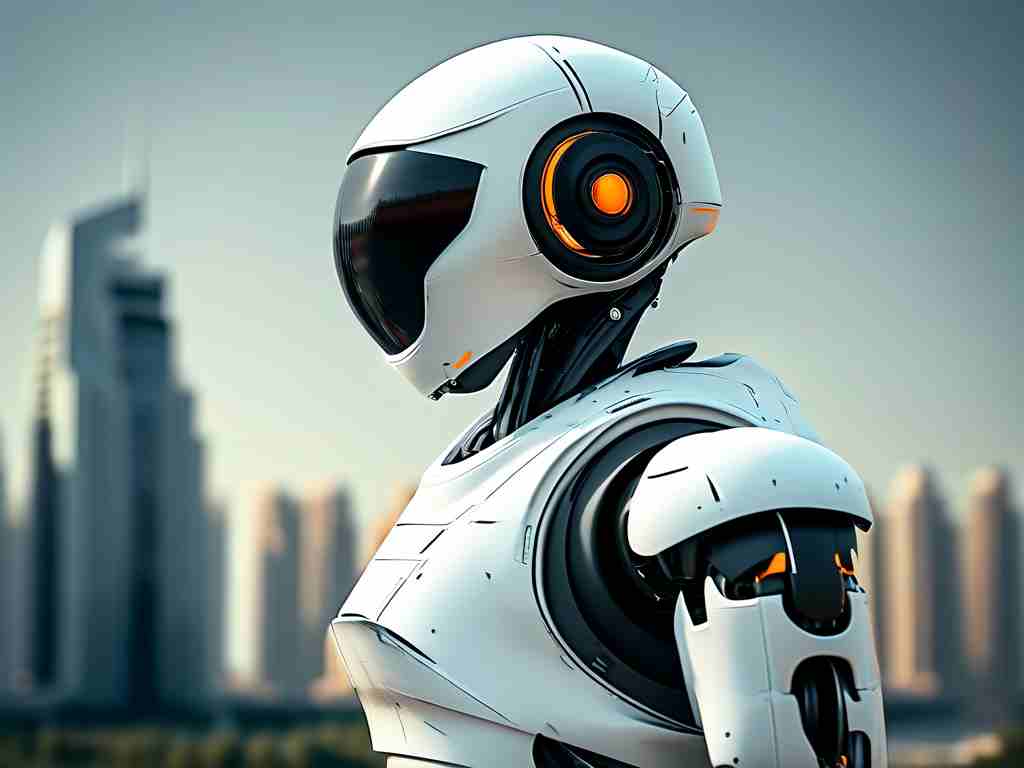The global robotics industry has entered an era of unprecedented growth, with nations competing fiercely to dominate technological innovation. As of 2024, the world rankings in robotics technology reflect not only industrial capabilities but also strategic investments in artificial intelligence, automation, and human-machine collaboration. This article explores the current leaders, groundbreaking advancements, and emerging trends shaping this dynamic field.

The Top Contenders
Japan retains its historical dominance in industrial robotics, accounting for 45% of global robotic manufacturing. Companies like Fanuc and Yaskawa Electric continue to set benchmarks in precision engineering, particularly in automotive assembly systems. However, Germany's Mittelstand enterprises have made remarkable strides in collaborative robotics (cobots), with KUKA's LBR iisy series redefining safety standards in shared workspaces.
South Korea's semiconductor-powered robotics ecosystem has propelled it to third place, driven by Hyundai's $1.5 billion acquisition of Boston Dynamics in 2023. The nation's focus on bipedal robots for disaster response and advanced exoskeletons for manufacturing demonstrates a unique blend of practical and humanitarian applications.
The Rising Challengers
China's robotics sector grew at 28% CAGR over the past five years, fueled by massive government subsidies under the "Made in China 2025" initiative. Shenzhen-based UBTech's Walker X humanoid robot, capable of facial recognition and complex object manipulation, recently outperformed several international models in service robotics trials. Meanwhile, Singapore's investment in marine robotics for port management and underwater infrastructure inspection positions it as an unexpected contender in niche markets.
Innovation Hotspots
Silicon Valley remains the epicenter of AI-driven robotics innovation, with OpenAI's Figure 01 demonstrating human-like reasoning capabilities in unstructured environments. Boston Dynamics' upgraded Atlas robot now executes parkour maneuvers with 97% success rate, showcasing remarkable advances in dynamic motion control.
Europe's strength lies in medical robotics, with Switzerland's ETH Zurich developing nanoscale surgical bots capable of targeted drug delivery. Sweden's ABB recently unveiled the world's first fully autonomous welding robot using quantum-inspired algorithms, reducing energy consumption by 40%.
Ethical and Regulatory Frontiers
As robotics permeates daily life, the European Union's Artificial Intelligence Act sets precedent for ethical guidelines. Mandatory "kill switches" in industrial robots and transparency requirements for decision-making algorithms are reshaping product development strategies. South Korea's revised Robot Ethics Charter now mandates emotional recognition systems in caregiving robots to prevent dehumanization of elderly patients.
Market Dynamics
The service robotics market is projected to reach $158 billion by 2028, with hospitality and healthcare sectors driving demand. Collaborative robots now constitute 32% of factory installations globally, up from 18% in 2020. Agricultural robotics presents untapped potential – John Deere's fully autonomous tractors have already reduced herbicide use by 90% on pilot farms in Iowa.
Future Trajectories
Sixth-generation wireless networks (6G) will enable real-time swarm robotics coordination, revolutionizing construction and disaster response. Neuromorphic computing chips, mimicking human neural structures, promise to reduce robot power consumption by 80% while enhancing pattern recognition. The emerging "robotics-as-a-service" model could democratize access to automation for SMEs, potentially redistributing global manufacturing maps.
As nations jostle for supremacy in this critical technology domain, the true winners may be those who balance innovation with societal adaptation. The next decade will likely witness robotics transitioning from tools to teammates, reshaping economic paradigms and human capabilities in ways we are only beginning to comprehend.



